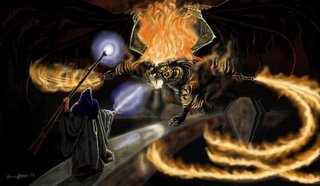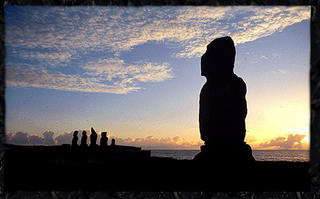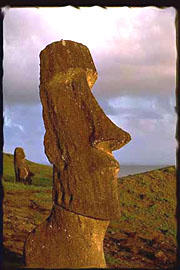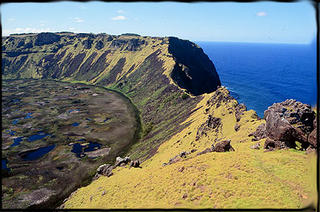What are Balrogs???
 Balrogs are fictional demon-like creatures from J.R.R. Tolkien's Middle-earth legendarium. A Balrog (Sindarin for "Demon of Might) was a tall, menacing being in the shape of a Man, having control of both fire and shadow and with a fiery whip of many thongs. They induced great terror
Balrogs are fictional demon-like creatures from J.R.R. Tolkien's Middle-earth legendarium. A Balrog (Sindarin for "Demon of Might) was a tall, menacing being in the shape of a Man, having control of both fire and shadow and with a fiery whip of many thongs. They induced great terror  in friends and foes alike and could shroud themselves in darkness and shadow. The Fellowship of the Ring encountered a Balrog in the mines of Moria, in The Lord of the Rings (specifically, in Book II, the second half of The Fellowship of the Ring).
in friends and foes alike and could shroud themselves in darkness and shadow. The Fellowship of the Ring encountered a Balrog in the mines of Moria, in The Lord of the Rings (specifically, in Book II, the second half of The Fellowship of the Ring).The Balrogs were originally Maiar (mythical beings who were involved in the creation of Middle Earth), of the same order as Sauron and Gandalf, but they became seduced by Morgoth (the first Dark Lord), who corrupted them to his service in the days of his splendour before the creation of Arda (Middle Earth). During the First Age, they were among the most feared of Morgoth's forces. When his fortress of Utumno (during the first Great War) was destroyed by the Valar, they fled and lurked in the pits of Angband.
As Maiar, Balrogs would have had the natural ability to change their shape at will, and to move "unclad in the raiment of the world" meaning invisible and without form. As such, their appearance would change according to the will of the Balrog. But there is no evidence of this.
The Balrogs were first encountered by the
 Elves during the Dagor-nuin-Giliath in the First Age. After the great victory of the Ñoldor over Morgoth's Orcs, Fëanor pressed on towards Angband, but the Balrogs came against him. He was mortally wounded by Gothmog, Lord of Balrogs (the only Balrog known by his name). Though his sons fought off the demons, Fëanor died of his wounds soon after, and his spirit departed for the Halls of Mandos.
Elves during the Dagor-nuin-Giliath in the First Age. After the great victory of the Ñoldor over Morgoth's Orcs, Fëanor pressed on towards Angband, but the Balrogs came against him. He was mortally wounded by Gothmog, Lord of Balrogs (the only Balrog known by his name). Though his sons fought off the demons, Fëanor died of his wounds soon after, and his spirit departed for the Halls of Mandos.Later, in the Fall of Gondolin, two Balrogs fell at the hands of Elves. Ecthelion of the Fountain fought Gothmog in the square of the King, where they both perished. Glorfindel fought a Balrog who waylayed the escape from the fallen Gondolin; they both fell off a mountainside to their deaths.
The Balrogs were nearly all destroyed at the end of the First Age. However, it was later discovered that one had escaped and hidden in Moria. He was nicknamed Durin's Bane, after the unfortunate Dwarf who rediscovered the Balrog's existence.
 Eventually, the Fellowship of the Ring also ventured through the mines of Moria and stumbled upon the Balrog. While the Fellowship fled the caves, Gandalf battled the Balrog, and both fell into an abyss. Eventually Gandalf managed to kill it, the last of the Balrogs slain.
Eventually, the Fellowship of the Ring also ventured through the mines of Moria and stumbled upon the Balrog. While the Fellowship fled the caves, Gandalf battled the Balrog, and both fell into an abyss. Eventually Gandalf managed to kill it, the last of the Balrogs slain.Just finished another amazing book by the great Tolkien – the Silmarillion. Its about the First Ages of Middle Earth and starts with its creation. Then it moves on to the coming of the Elves and Men and the first great evil Morgoth. After which comes the advent of Sauron and the first War of the Ring. A very interesting read for those enthralled by the Lord of the Rings.









 The story of the Easter Island Civilisation is a story of resource exploitation and depletion. The trees were cut for lumber for housing, wood for fires, and eventually for the rollers and lever-like devices used to move and erect the Moai. As the
The story of the Easter Island Civilisation is a story of resource exploitation and depletion. The trees were cut for lumber for housing, wood for fires, and eventually for the rollers and lever-like devices used to move and erect the Moai. As the 